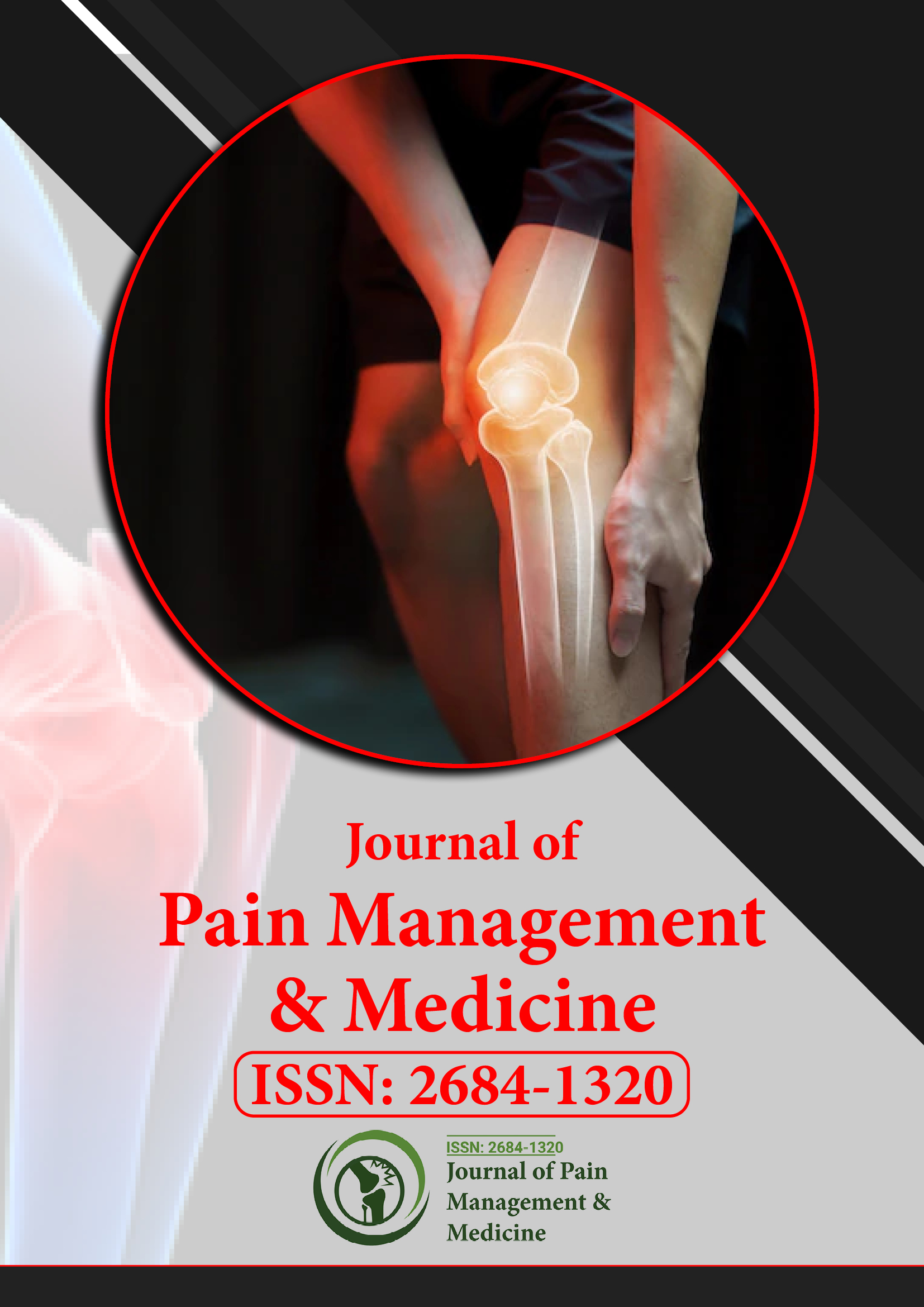Индексировано в
- RefSeek
- Университет Хамдарда
- ЭБСКО АЗ
- Паблоны
- Евро Паб
- Google Scholar
- Качественный рынок открытого доступа
Полезные ссылки
Поделиться этой страницей
Флаер журнала

Журналы открытого доступа
- Биоинформатика и системная биология
- Биохимия
- Ветеринарные науки
- Генетика и молекулярная биология
- Еда и питание
- Иммунология и микробиология
- Инжиниринг
- Клинические науки
- Материаловедение
- медицинские науки
- Науки об окружающей среде
- Неврология и психология
- Общая наука
- Сельское хозяйство и аквакультура
- Сестринское дело и здравоохранение
- Управление бизнесом
- Фармацевтические науки
- Химия
Абстрактный
Трехмерная визуализация желтой связки относительно пораженного корешка спинномозгового нерва с помощью МРТ/КТ-слияния: три отчета о случаях поясничной радикулопатии и двигательного паралича
Дзюнджи Камогава, Осаму Като и Тацунори Моризанэ
Целью данного исследования было внедрение методики, которая позволяет оценивать виртуальную анатомию желтой связки (ЖС) с использованием 3D-изображений слияния магнитного резонанса (МРТ) и компьютерной томографии (КТ), которые показывают сдавление поясничного нервного корешка как грыжей межпозвоночного диска, так и ЖС в зоне латерального канала или фораминальной зоне у пациентов с поясничной радикулопатией или двигательным параличом. Изображения МРТ и КТ были получены у трех пациентов с поясничной радикулопатией с или без двигательного паралича нижних конечностей. Наиболее важной характеристикой, очевидной на изображениях, было уплощение нервного корешка, связанного с ЖС, вероятно, в результате дегенеративных изменений. Иногда ЖС может играть роль в сдавлении корешка. В случаях двигательного паралича, вторичного по отношению к грыже межпозвоночного диска, пораженный корешок был сжат с извилистостью. Уплощенная часть корня, по-видимому, изменила угол своего пути. В случае стеноза латерального канала корень был сжат между диском и LF, что привело к сужению. В случае дегенеративного поясничного сколиоза аномальные сложные пути видны в результате вращения позвонков, что может дважды изменить угол пути нервного корешка. Методика слияния изображений 3D MR/CT улучшает визуализацию патологической анатомии в иначе слепой области поясничного отдела позвоночника, которая состоит из корня и межпозвоночного отверстия. Клиницисты могут более четко определить самую узкую часть корня, используя эту 3D визуализацию как LF, так и диска.